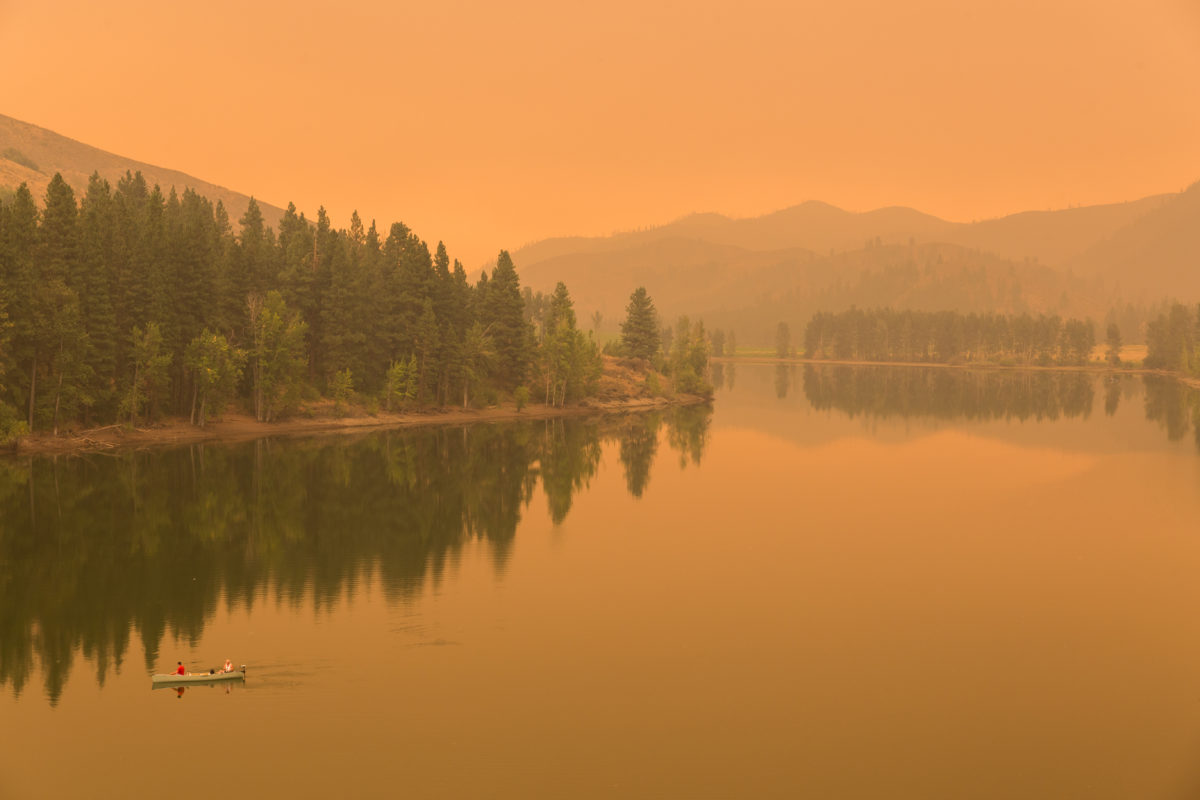
With summer just around the corner, fear of another record wildfire season in Washington is growing. The state faced 170 wildfires by early May, which was more than usual that early in the season, and a drought has been declared.
Last year, University of Washington researchers found that communities of color were among the most vulnerable during wildfires. Black, Native American and Hispanic communities face 50 percent greater vulnerability during wildfires compared with other communities, the study found.
These increased wildfires don’t only threaten the health of the areas immediately surrounding the fires. During last year’s Eastern Washington fires, Seattle had the world’s worst air quality multiples times last summer because of the smoke. Seattle’s haze surpassed that of cities including Beijing and New Delhi.
In 2018, the Department of Natural Resources responded to a record 1,850 wildfires.
Earlier this year, after snowpack reached 80% of the average, and less than the snowpacks of the previous three years, Gov. Jay Inslee declared an emergency drought in three areas of Washington. Earlier this month, after snowpack conditions were less than 50% of average, Inslee expanded the drought to an area that covers almost half of Washington state.
“What people aren’t used to is that the landscape has become so dry so early,” Hilary Franz, the State Commissioner of Public Lands, told the Seattle Times.
The increase in wildfires is due to human-caused climate change and historical wildfire suppression. Climate change is increasing temperatures, reducing snowpack, and creating tinderboxes of forests that are prone to fires. It is also causing fires in places where there haven’t been in the past.
While forest fires are a natural process of the forest ecosystem, naturally restoring the balance of the habitat, the fires were historically suppressed, which means there are more dead trees and underbrush likely to burn than normal.
Residents, businesses and fire departments across Eastern Washington are preparing for a decrease in tourists during the wildfire season.
“It was incredibly smokey for weeks and weeks, which definitely reduced people coming from the surrounding area to do their regular hiking or camping or fishing, so the tourism industry was definitely affected because of all the smoke,” said Joy Randall, an employee at Cascades Outdoor Store in Winthrop.
This isn’t new for Eastern Washington residents, and residents in towns like Winthrop are planning on taking the wildfires in stride, said Randall.
“It’s one of the requirements of living in such a beautiful place,” she said.
Further reading
The Seattle Globalist: When firefighting resources are thin, reservations are left to burn
University of Washington: Racial, ethnic minorities face greater vulnerability to wildfires

